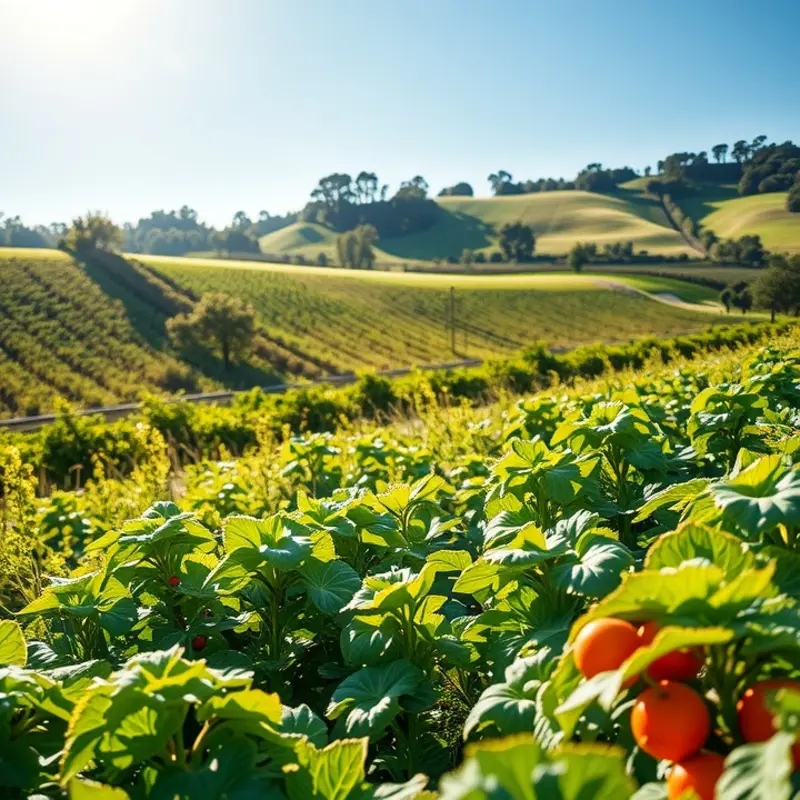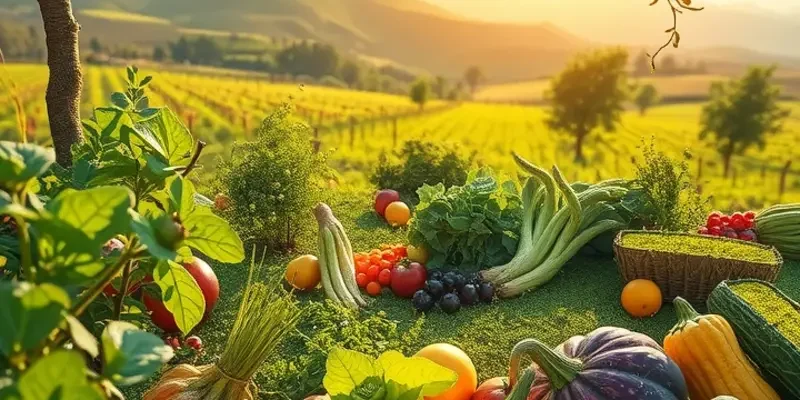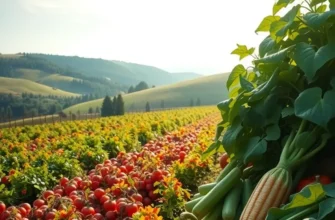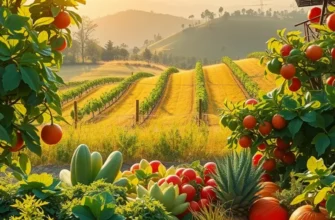Preventing food waste is a pressing issue that can be tackled through effective food labeling. It not only helps keep your kitchen organized but also ensures you utilize your ingredients before they spoil. By implementing simple labeling techniques, you can enhance your food storage practices, minimize waste, and make your grocery budget go further. Let’s dive into actionable strategies that will empower you to manage food more efficiently at home.
Mastering Food Labeling for Freshness

Food waste is a significant challenge that can often be tackled with small, effective steps. One such step is improving how we label and track the freshness of food items at home. Proper food labeling helps you not only keep track of what you have but also ensure that you consume it before it goes to waste. Here, we explore some practical techniques for mastering food labeling.
Expiration Dates
Properly labeling your food items with expiration dates ensures you consume them before they lose their quality. While many products come with this date pre-printed, homemade or bulk-bought items often do not. For these, it’s critical to label them immediately after purchase or preparation. Use a permanent marker to note both the purchase date and an estimated expiration date. Generally, the “best by” dates found on packaged foods are another indicator but note that these represent optimal quality, not safety.
Storage Instructions
Labeling foods with appropriate storage instructions can significantly extend their longevity. For instance, some items fare better refrigerated, while others achieve longer shelf life when kept in the pantry. Label containers with clear storage guidelines: “Refrigerate after opening” or “Store in a cool, dry place.” This approach aligns with the broader principles of food safety, which you can further explore at Safer Storage of Sauces.
Handling Guidelines
Food handling instructions often go overlooked but are crucial in preserving freshness. Consider labeling items that require specific handling, like “Use within 3 days of opening” or “Shake well before use.” This information discourages careless handling that may accelerate spoilage. By following these guidelines, you optimize your food’s shelf-life and maintain its quality.
Color-Coding Systems
A color-coding system can be an elegant solution to keep tabs on what needs to be consumed first. For instance, use green stickers for items with a longer shelf life and red for those that need to be prioritized. This visual cue serves as a quick reference, reducing the time spent rifling through your pantry or fridge.
Date Reminders and Digital Tools
Besides physical labels, incorporating digital tools, such as apps for tracking expiration dates, can be effective. Set reminders a few days before items expire to prompt using or freezing them. This habit not only decreases waste but also helps plan meals more efficiently, ensuring nothing goes unnoticed until it’s too late.
Applying these labeling techniques nurtures a consciousness about food usage that otherwise might be lacking. By staying informed of what you have and its lifespan, you’re less likely to forget about items, minimizing both waste and the impulsive purchase of additional groceries. Smart labeling isn’t just about stickers or tags; it’s a comprehensive strategy to enhance food management and promote sustainability at home.
Effective Storage Solutions to Extend Shelf Life

Maximizing the freshness of your food requires a better understanding of storage techniques that complement smart labeling practices. To reduce food waste, it’s crucial to recognize which produce needs specific environments and how airtight containers can play a significant role.
Let’s start with produce. Different fruits and vegetables have unique storage needs. For instance, tomatoes should be stored at room temperature away from direct sunlight to retain their flavor and texture. On the other hand, leafy greens tend to last longer when wrapped in damp paper towels and placed in breathable bags in the fridge. Knowing these nuances will ensure you enjoy fresh produce over a more extended period.
Root vegetables, such as potatoes and onions, thrive in dark, cool environments like a pantry or a cellar. Never store them together because onions can accelerate the sprouting of potatoes. Similarly, garlic benefits from cool, dry storage in a well-ventilated spot. Avoid refrigeration for these items to preserve their optimal taste and texture.
Berries, which are highly perishable, require a different approach. Before refrigerating, consider washing them in a solution of one part vinegar to three parts water. This simple step can kill mold spores, extending their shelf life significantly. Once washed, allow them to dry completely before transferring them to the fridge in a container lined with paper towels to absorb excess moisture.
Utilizing airtight containers effectively reduces food waste by maintaining the freshness of your groceries. These containers limit exposure to air, thus slowing oxidation and spoilage. They’re ideal for storing dry goods like flour, sugar, and oats. For refrigerated foods, choose transparent containers. They not only keep your food fresher but also help you see what you have, reducing the likelihood of forgetting items hidden in the back.
When dealing with bulk ingredients, consider redistributing them into smaller containers for daily use. This method reduces the number of times the bulk storage is exposed to air, thereby extending shelf life. Label each container with purchase and expiry dates to maintain a clear inventory.
Managing cooked foods presents another opportunity to implement effective storage solutions. After cooking, cool the food to room temperature before sealing it in airtight containers. This prevents condensation, which can lead to sogginess and accelerated spoilage. When reheating, ensure even heating to avoid cold spots that might harbor bacteria.
For a more sustainable approach, explore reusable materials for storage solutions. Glass containers, for instance, are durable and environmentally friendly, offering a non-porous surface that doesn’t absorb food odors or stains. When it comes to eco-friendly options, this article about eco-smart kitchen storage provides insightful strategies to try at home.
Implementing these storage approaches allows foods to remain fresher longer, aligning seamlessly with smart labeling efforts. By integrating these strategies, you contribute to reducing food waste and promoting a more sustainable lifestyle.
Final words
Implementing smart labeling and effective storage practices is a crucial step towards decreasing food waste in your home. With simple, actionable strategies, you can easily keep track of what you have and when it needs to be used. Start by labeling your food with the purchase date and suggested use-by date. Pair this with optimal storage methods to ensure that your ingredients remain fresh longer. By being conscientious about food management, you reduce waste, save money, and contribute positively to the environment. Empower yourself with these techniques, and enjoy the benefits of a more sustainable kitchen.







